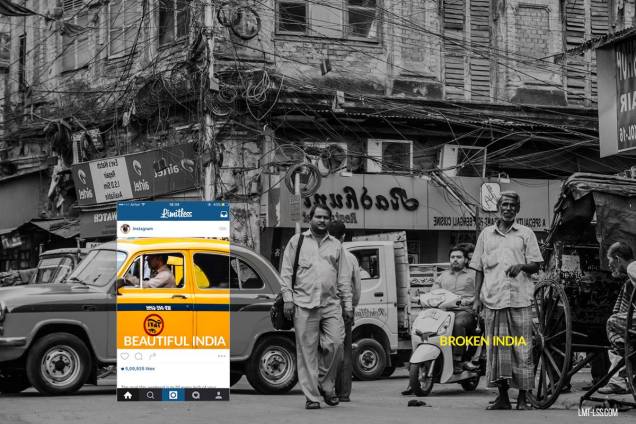Two and a half years ago the web was abuzz with news that Mark Zuckerberg, CEO of Facebook.com had struck a deal with the owner-founders of Instagram to buy the photo sharing service for a billion dollars made up of $FB stock options and hard cash. On the most part it was considered a very risky move by Facebook, as Instagram wasn’t even turning a profit. Purchasing a completely separate entity rather than innovating themselves is something Facebook has made a name for.
The general sentiment at the time was dampened as not long had passed since Yahoo had completely desecrated the once king of photo sharing sites Flickr by rolling out a complete redesign at the bereft of its users. If one of the major players in social media can do that to Flickr, what will Facebook to to Instagram?
Connor Adams Sheets for The International Business Times summed up how much of the industry felt about the deal at the time:
“overpaying for companies like Instagram won’t help Facebook maintain its dominant market share, as a billion bucks for a fun (and admittedly useful) photo app represents a huge overestimation of how much the company is really worth.”
Oh how wrong we all were. Because today, Facebook announced by virtue of the brokers CitiGroup that their acquisition of the selfie, filtered, food-fest site is now estimated at a very cool $35 billion dollars. The maths involved has had a few commentators a little sceptical, but even if it’s only half that value it is an impressive investment.
Next comes the real test, as you may recall early this year Mark made another photography related (yes, perhaps a little tenuous) acquisition by bringing on board the mobile messaging app WhatsApp for $19 billion dollars! Let’s see what Citigroup have to say about that next quarter.
Related:
Wired.com – Instagram’s Buyout: No Bubble to be Seen here
The Telegraph – Facebook’s Mark Zuckerberg Defends $1bn Instagram Purchase


